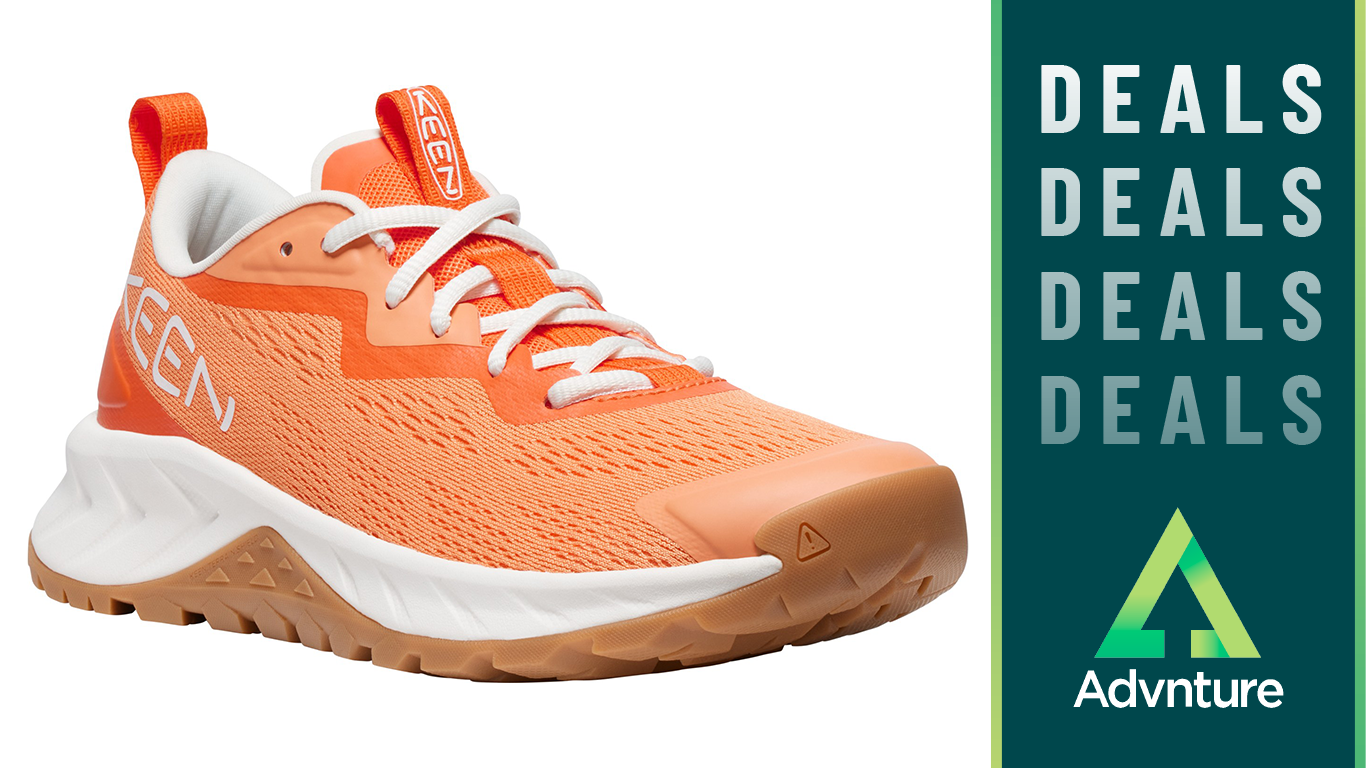18 things I wish I’d known before I started backcountry ski touring
Fiona Russell is now a keen ski tourer but the learning curve was steep when she first gave the snow sport a try
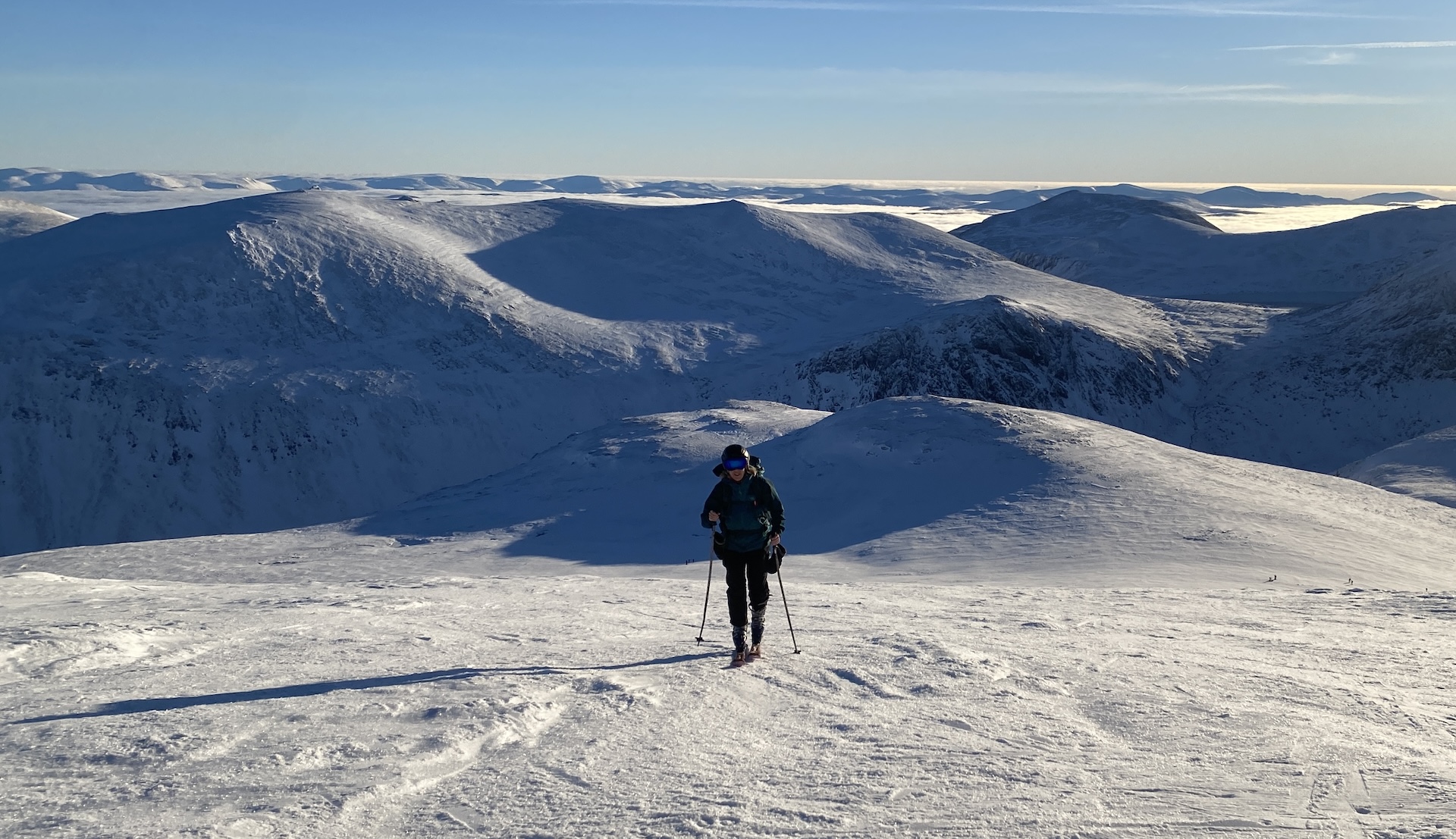
Backcountry ski touring has become my favorite of all the different types of skiing but it wasn’t always this way.
I discovered there are lots of things to learn before you go ski touring for the first time. Based on my experiences, here are 17 things I wish I’d known before I started.
1. You earn your turns
I had heard ski tourers talking about “earning your turns” but I had no idea what this meant until I tried backcountry ski touring. The “turns” are the downhill zig-zags of skiing and you “earn” the joys of these by putting your energy into skiing uphill first.
2. You need to learn how to ski uphill
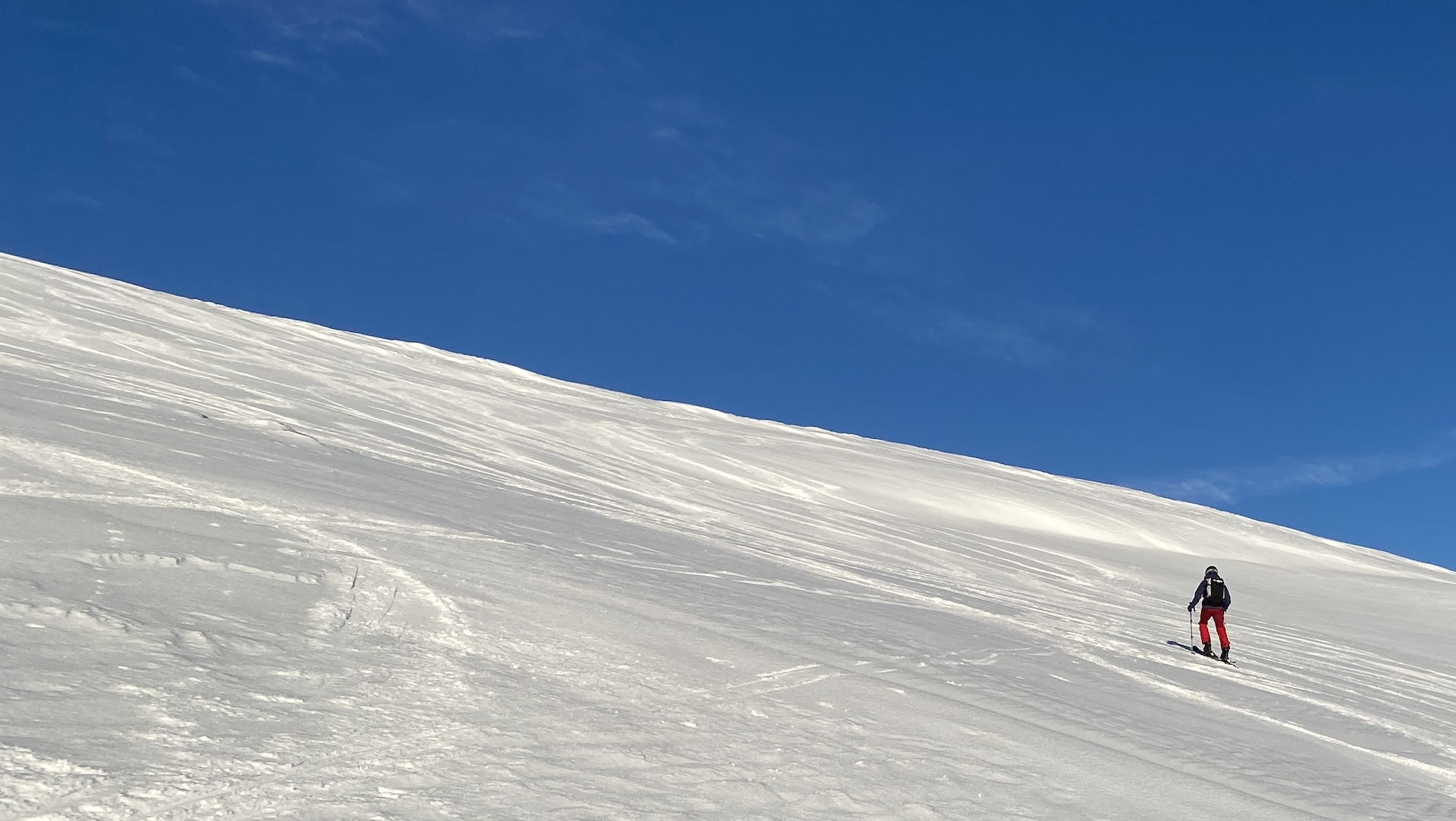
While other skiers made uphill skiing look easy, I discovered there is a technique that needs to be learned.
You need to understand how to efficiently step-ski-slide on snowy slopes. Taking “steps” that are too short will make you slower, less efficient and tired. Meanwhile, taking steps that are too long will leave you prone to becoming unbalanced or slipping backwards.
The aim is for medium steps that allow you to glide forwards without slipping backwards.
There is a ski pole action to learn as as well. Making use of the poles to propel yourself uphill assists with the forward motion and also helps with balance and traction.
Advnture Newsletter
All the latest inspiration, tips and guides to help you plan your next Advnture!
3. Ski tourers use “skins”
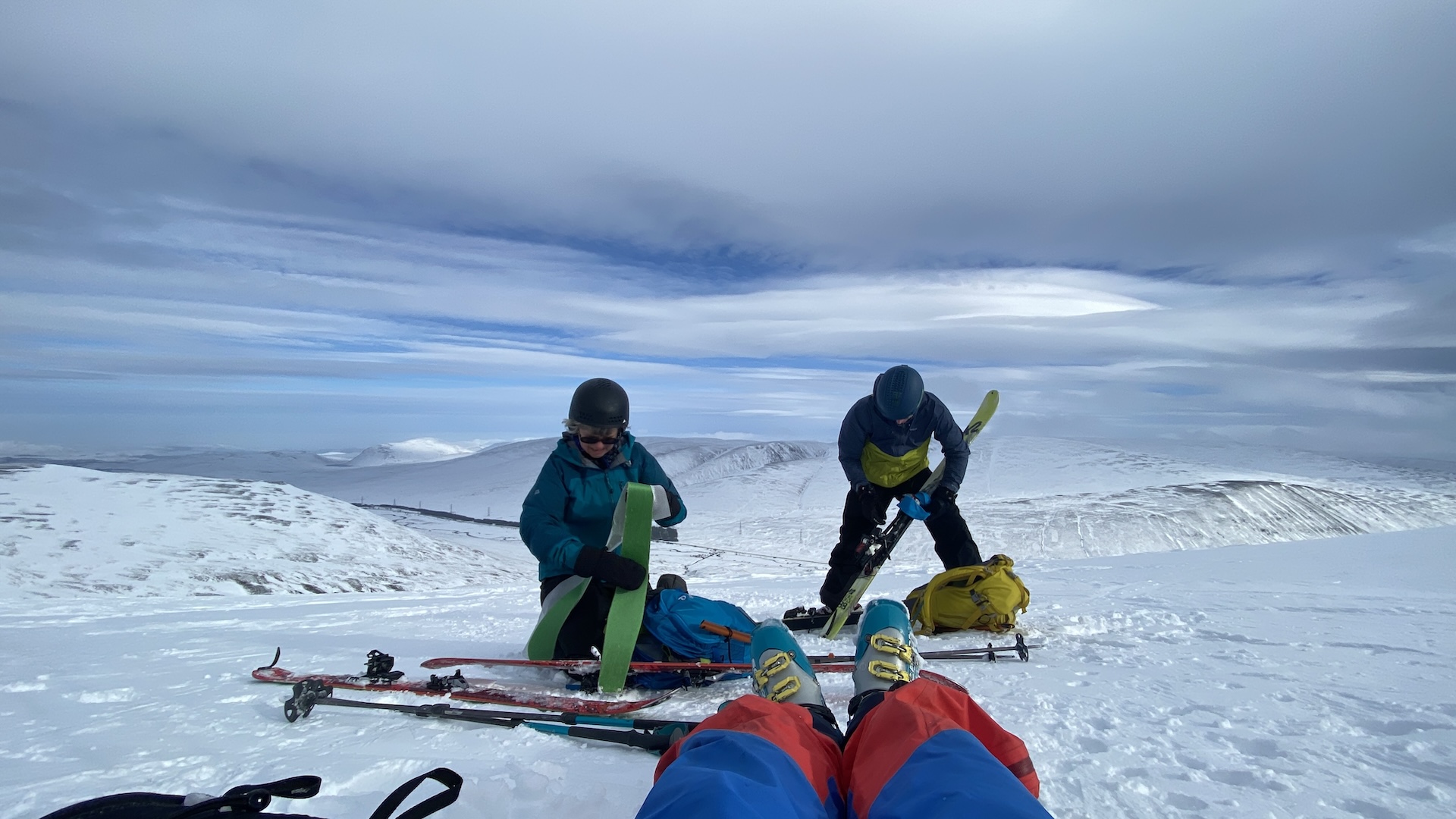
I confess I was unaware that ski tourers used “skins” on the base of the skis for traction before I gave the sport a try. In fact, I had no idea what "skins" were.
Skins are made of fabric that aid traction on snow and ice and reduce the likelihood of the skis slipping backwards.
The skins attach – stick – to the base of the skis when skiing uphill and are removed for the downhill part of ski touring.
Skins were historically made of animal skin but these days they are a man-made synthetic.
Your ”skins” need to be customised to fit your skis
It’s a good idea to have skis and skins that match. The more of the base of the skis that are covered with the skins, the better the traction will be.
4. Uphill skiing is a sweaty activity
Once you have mastered the step-slide system for skiing uphill, it does become easier. Even so, you still need to get yourself, your skis, boots and laden backpack uphill and, as anyone who hikes mountains will know, this can be hard work.
As well as the general muscle fatigue of skiing uphill, there is also the effect of the cardiovascular activity, as with hiking as a form of exercise. This means most people are very likely to sweat, even when it’s cold.
To cope with being sweaty while skiing uphill, it’s a good idea to adopt a system of clothing layers, so you can remove layers as you heat up, or unzip pitzips in jackets or the side zips of ski pants.
I had no idea how sweaty it would be when uphill skiing and made the mistake of wearing my insulated ski jacket and salopettes, when waterproof shells would have worked much better.
5. Skis and boots magically transform
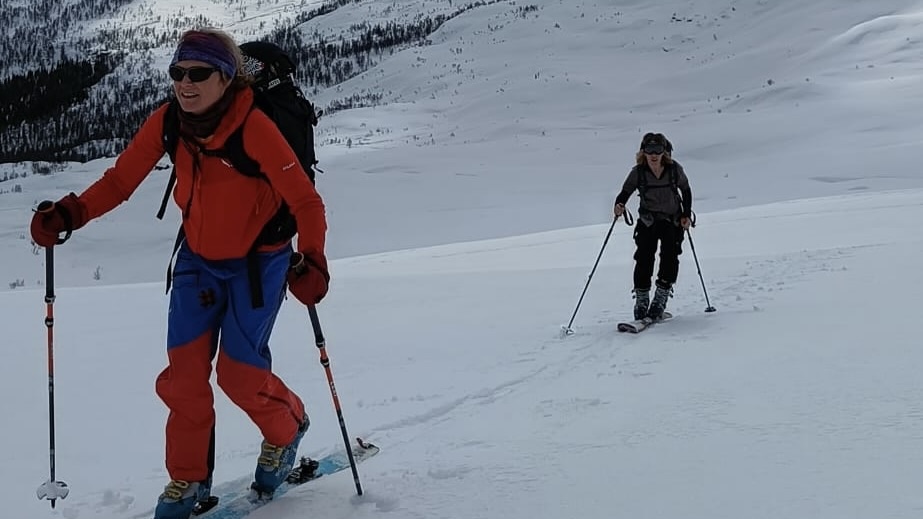
Until my first ski tour I wasn’t sure how the skis and boots transformed from uphill to downhill skiing, and vice versa. There are different types of bindings but, essentially, they all do the same. They can swap between heel unattached for skiing uphill and heel attached for skiing downhill.
The magic transformation happens depending on whether you want to ascend or descend.
When you want to swap from uphill skiing to downhill skiing, you need to remove the skins, clip-in the heels of your boots and remember to turn off “walk mode”. With boots clipped in and in the stiffest setting, you can then ski downhill.
6. Safety knowledge and emergency gear are essential
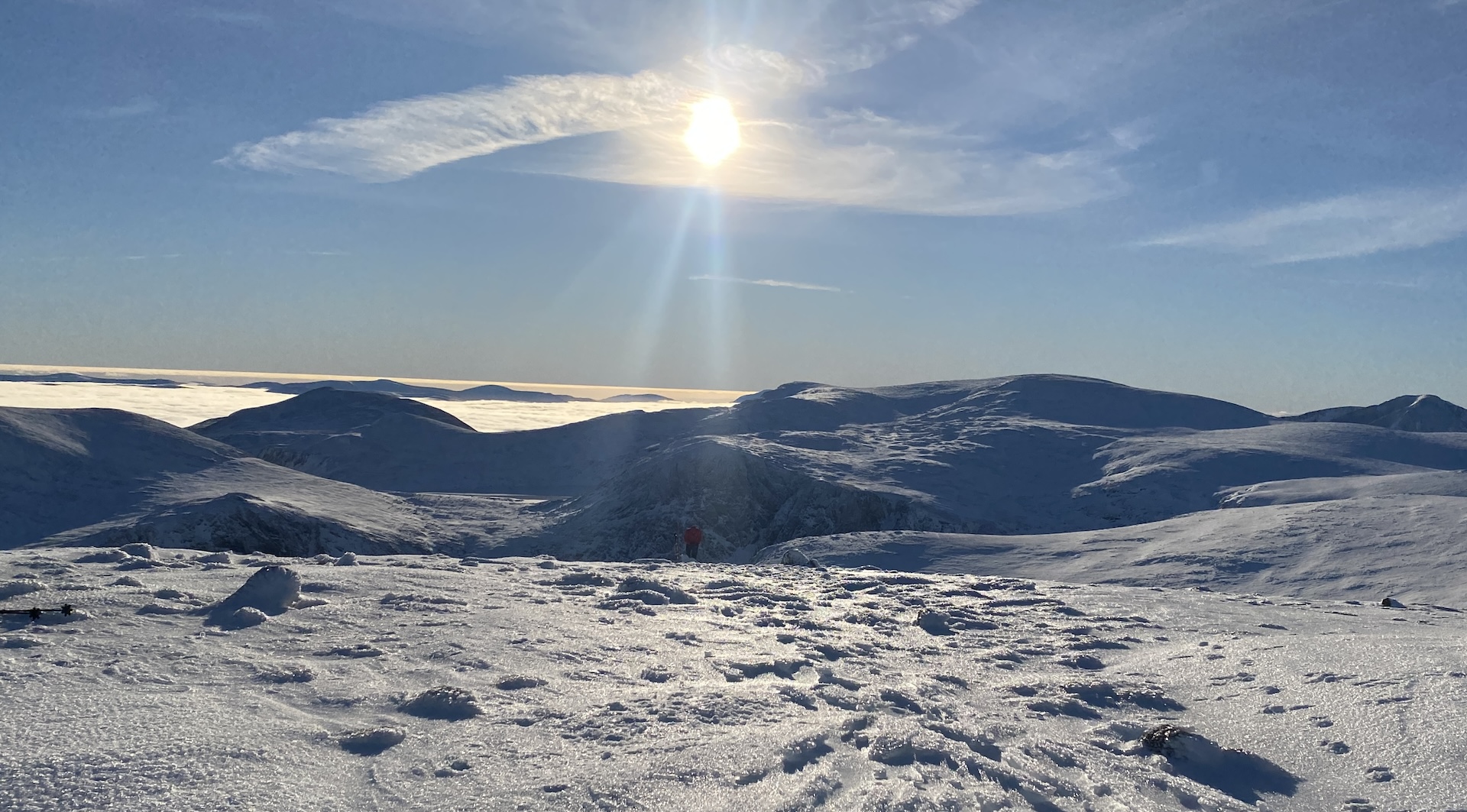
Before ski touring, I’d completed a few winter safety courses that focused on winter tips for hiking and mountaineering. Some of this knowledge is highly transferrable, such as how to navigate in winter, how to be avalanche aware, what to do in an emergency in the winter mountains and the skills of using crampons and an ice axe.
It is important that you know how to use an avalanche transceiver, probe and snow shovel in an emergency, too.
Check out our links below for more on avalanche safety.
- How to read an avalanche forecast: stay safe in the big mountains
- Why do avalanches happen? The science behind the deadly phenomenon
7. There are a lot of new skills to learn
Another skill to learn is how to quickly and efficiently transition from uphill skiing to downhill skiing. This often needs to be done when it’s cold, windy and snowy so the quicker you can do it the better for your own safety and comfort.
When it’s icy, skiing uphill can be aided – and made safer – by ski crampons, which are also commonly called Harscheisen. These crampons fit to the skis themselves and reduce the likelihood of skis slipping backwards on steeper icy slopes.
Another thing I discovered is that while ski crampons give better traction, they do slow you down in the process of uphill skiing so most backcountry skiers reserve them only for the iciest of situations.
A further lesson I learned is how to "kick turn". This is a technique that helps you to zig-zag uphill when the slope is steep. This term refers to making a fairly sharp turn on skis and it’s worth learning the basic skills before you set off for your first ski tour. I had to learn the hard way and I struggled to stay upright on a steep and icy slope that required a sharp turn uphill.
Slopes are not groomed and nor are they marked or graded, so backcountry ski tourers need to be fairly experienced skiers. Downhill skiing usually requires the ability to ski on a mix of powder snow, compacted snow and ice. Being adept at skiing around natural obstacles, such as rocks and vegetation, can help immensely, too.
8. Knowing the term “combat skiing”
Combat skiing – and also "heather bashing" – are terms I learned while ski touring in Scotland. I wished I had known about them before my first ski tour because then I would have been prepared.
Ski touring is rarely a smooth affair and my friends called the activity of skiing over a mix of terrain that included soft snow, hard snow, crust, ice, vegetation and rocks as “combat skiing”. Basically, it means to be in combat with the terrain.
Heather bashing is also a feature of ski touring in Scotland. Sometimes the heather sits above the snow and then we need to ski over the heather and on to the snow.
It’s important to go ski touring with the confidence to believe that after a tricky section of snow, ice of heather, you’ll then come to a section of good snow.
9. Ski touring opens up the world of skiing
Before becoming a fan of ski touring, I was a keen downhill skier. (Before that, I was a snowboarder, which is quite different from skiing.) Downhill skiing has the advantage of utilising lifts, such as T-bars, chairlifts and gondolas, at many great ski resorts worldwide.
However, what I realised when ski touring is that you can get off the beaten piste and away from the crowds.
Ski tourers can go to many more places outside of official ski resorts where there is snow on hills and mountains. Of course, you need to abide by the country’s access rules and you should have the skills and knowledge to choose a safe place to ski but, put simply, if there is plenty of good snow where you usually hike, you are very likely to be able to go ski touring.
- How to plan a ski trip: Make sure you get the best from the snow
10. You’ll save money
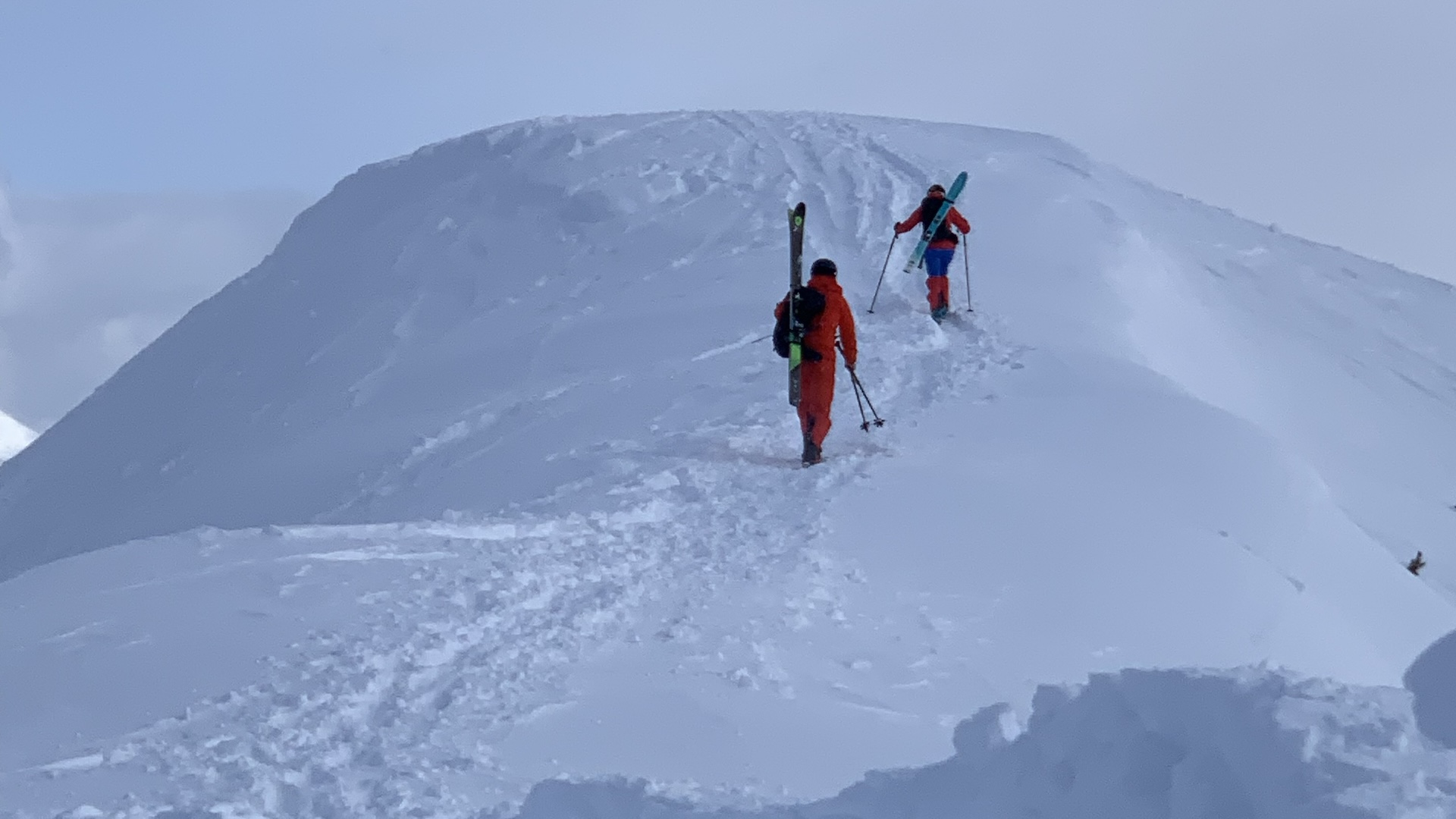
Once you have bought all the right ski touring kit (see point 11), backcountry ski touring is likely to be cheaper in the long term. That’s because you do not need to buy a ski lift pass and – in countries such as my home of Scotland – it offers the opportunity to get out on the snow even when resorts are not open, or not accessible due to closed roads and gondolas
11. Sometimes you need to bootpack
I had no idea what bootpacking was until my first ski tour. Bootpacking is when the terrain is not suitable for skiing, whether uphill or downhill, and so you need to take off your skis, attach them to a skiing backpack and then hike for a while in your ski boots.
If the slope becomes steep, you can make use of ski boot crampons.
Once you reach better snow or an easier gradient, you can start skiing again.
12. There is a lot of gear to carry
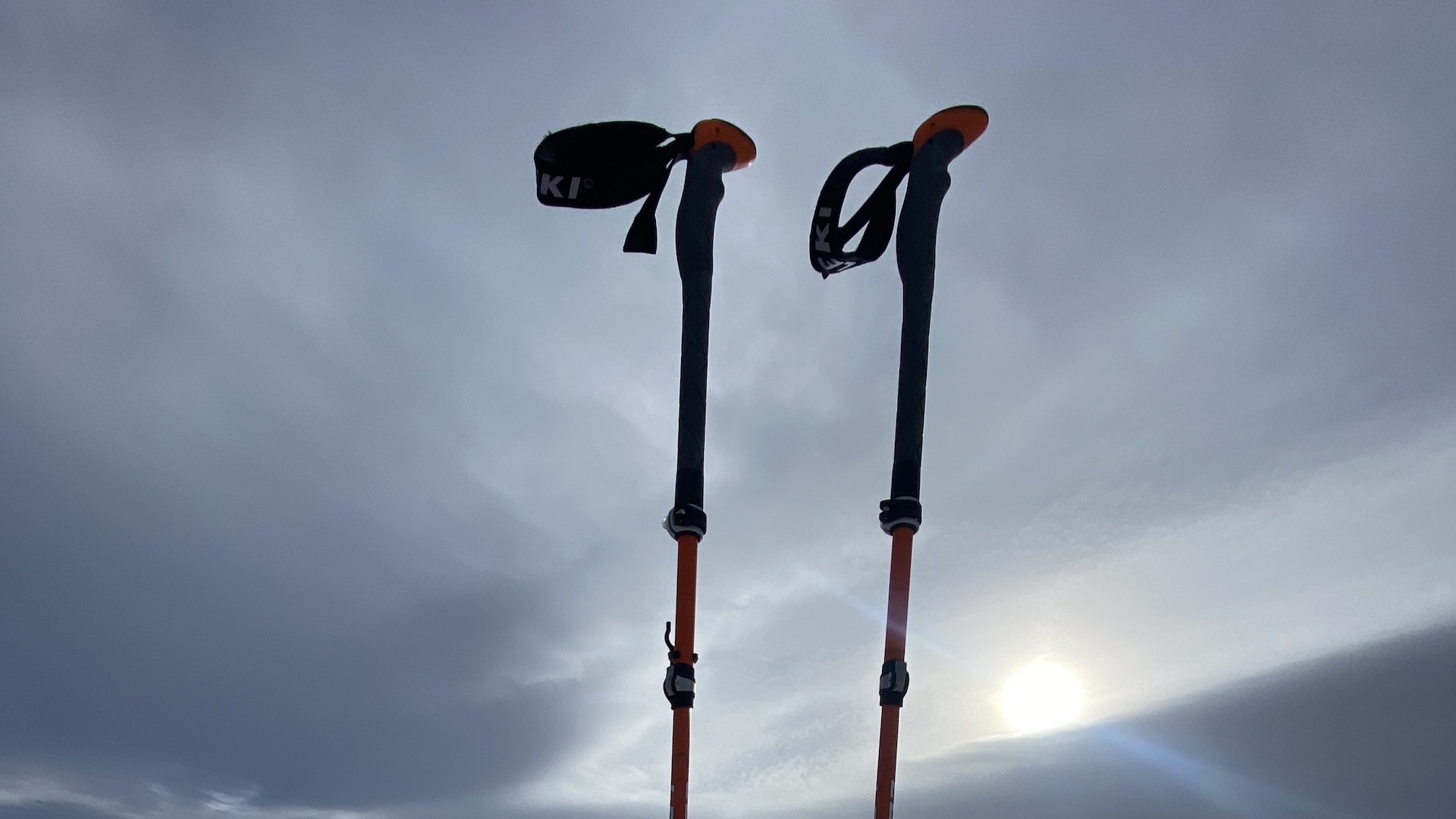
With downhill skiing at a resort, you might not need to carry anything other than a spare set of ski goggle lenses, a drink and a snack. Many skiers pop these in their jacket pocket. If you want to take spare base layers and gloves, a small ski pack is a good idea.
However, there is a lot more backcountry ski gear to carry – and buy – than I ever imagined. I already owned ski goggles and base layers but as soon as I knew this type of skiing would be for me, I had to invest in more kit.
My ski touring kit list includes touring skis and boots, as well as adjustable ski touring poles. I bought a skiing backpack that is designed for ski touring. I also bought ski crampons, ski boot crampons and a lightweight ski helmet.
In case of an emergency, I also bought a snow shovel and probe, plus a transceiver. There is no point in owning the last three items if you don't know how to use them, so another thing I learned was that I should attend a ski touring course to learn how to ski safely in the back country.
My downhill skiing clothing wasn’t ideal for ski touring and that meant I needed a ski jacket and pants made of a waterproof and breathable fabric, such as Gore-Tex. The waterproof shells are useful for protecting me from snow and wind, but they also help to reduce the amount of damp from sweat. I chose waterproof shells with zips in the armpits and also in the ski pants.
Added to my pack is a spare set of base layers so I can change into dry layers if needs be when I start to ski downhill and an insulated jacket.
13. It’s better to own your own ski boots
The first time I went ski touring was in Scotland in the Cairngorms. I hired ski boots and skis. I discovered that because the ski boots didn’t fit me perfectly that I ended up with rubs and blisters my feet and shins.
Owning my own ski boots has meant I can have them customised to fit.
14. Take different pairs of gloves
I suffer with Raynaud’s Syndrome, which means I need to be able to keep my hands warm when it’s cold. On my first ski touring adventure, I took only one pair of ski gloves. These were highly insulated hiking mittens, which were great when skiing downhill.
However, the uphill skiing was hard work and made me hot and sweaty. What I wished I had known is that it is a good idea to wear a thinner pair of gloves while uphill skinning and then swap to more insulated mittens for the downhill sections.
15. Adjustable ski poles make good sense
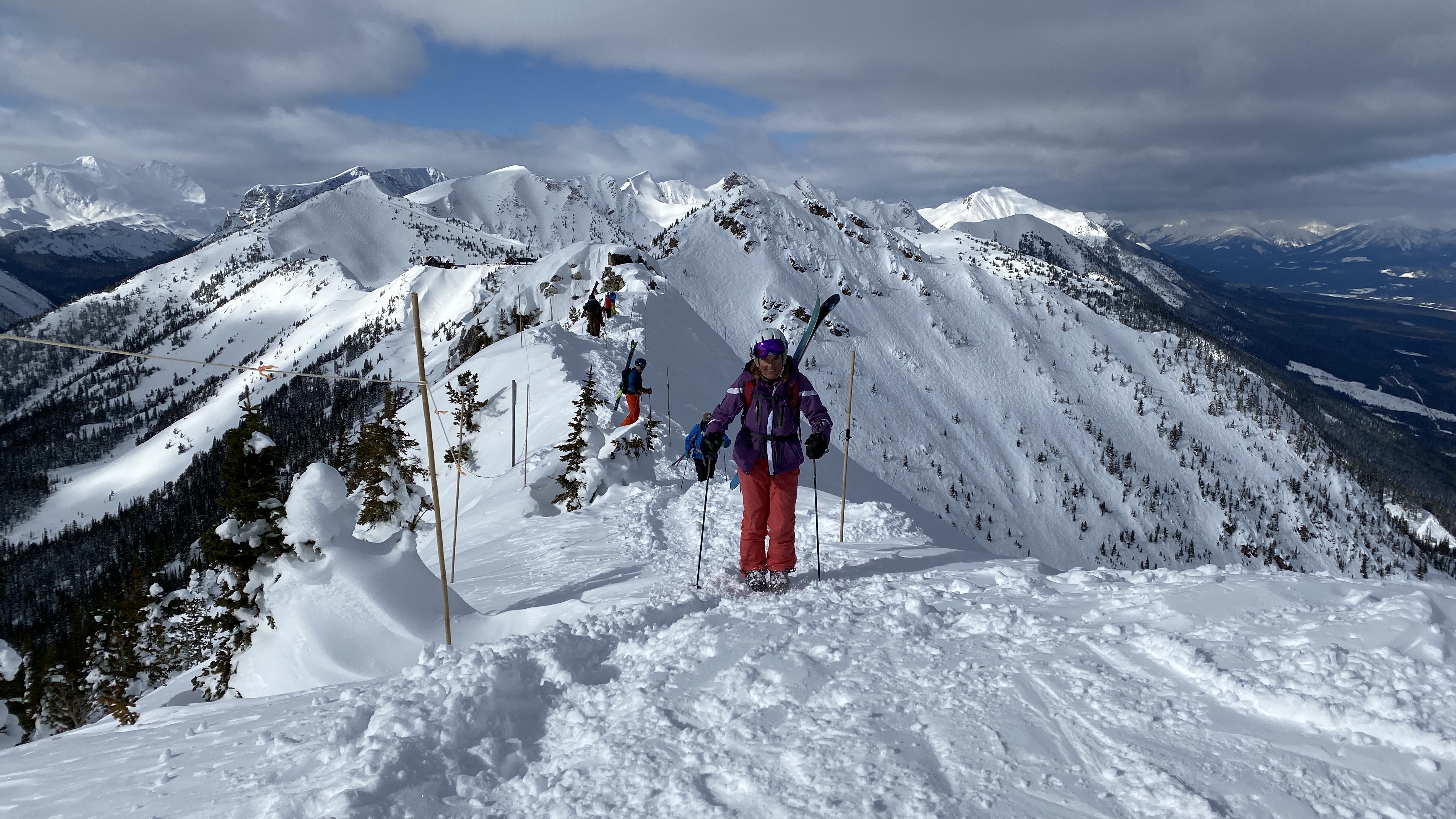
When skiing uphill, I learned to adjust the poles to be longer than when I ski downhill. Having ski poles that can be adjusted in height is very helpful.
You may also have seen ski poles with long handles. Having rubber that extends down the ski pole allows skiers to adjust the height at which they hold the pole.
If you are traversing or contouring a slope, it can be useful to be able to hold each pole at a different height.
16. Climbing tape is a great aid
A friend told me this tip after I’d suffered blisters on my feet the first time I went backcountry ski touring. If you cover the areas prone to blisters with climbing tape before you set out, you will have a greater potential to protect the skin from rubbing and blistering while skiing uphill.
17. The rewards far outweigh the challenges with ski touring
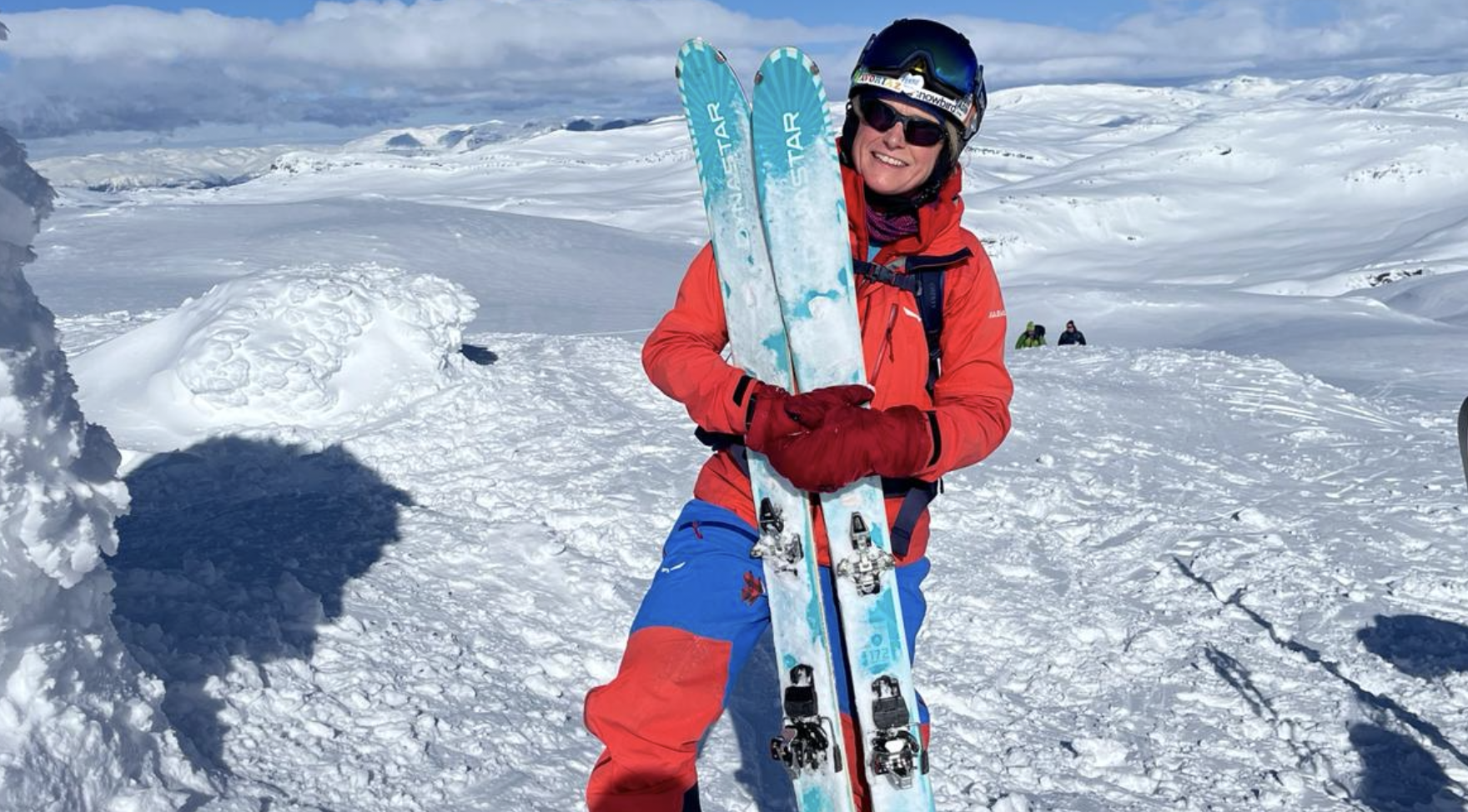
There is a lot to learn to become a good backcountry ski tourer and safety is paramount. Skinning uphill is also tiring and slower than taking a resort lift.
After my first ski touring adventure, I wondered if this activity would be for me. Now I know that the rewards are amazing.
Ski touring has taken me to many fabulous locations and to places that can't be reached in a resort. I have learned new skills, overcome challenges and stayed fit in winter.
Backcountry ski touring on a day with good snow and a blue sky is very hard to beat, in my opinion.
18. You'll learn from friends
Like many outdoor activities, I discovered that I was able to learn many skills from friends who are more experienced than me. I have found that many backcountry ski touring enthusiasts are very happy to pass on advice and tips.
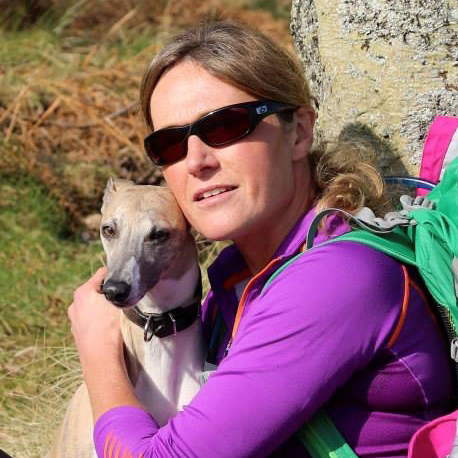
Fiona Russell is a widely published adventure journalist and blogger, better known as Fiona Outdoors. She is based in Scotland and is an all-round outdoors enthusiast with favorite activities including trail running, mountain walking, mountain biking, road cycling, triathlon and skiing (both downhill and backcountry). Aside from her own adventures, Fiona's biggest aim is to inspire others to enjoy getting outside and exploring, especially through her writing. She is also rarely seen without a running skort! Find out more at Fiona Outdoors.
